According to the report, global steel demand is expected to remain flat in 2025 compared to 2024, reaching 1.75 billion tonnes (Mt), and then increase by 1.3% to 1.772 billion tonnes in 2026.
Despite ongoing global economic uncertainty and the growing impact of trade wars, the report reflects cautious optimism for steel demand.
Alfonso Hidalgo de Calcerrada, Chairman of worldsteel’s Economics Committee and Chief Economist of the Spanish Steelmakers Association (UNESID), commented on the outlook:
“Despite escalating global trade tensions and uncertainty, we remain cautiously optimistic that steel demand will bottom out in 2025 and show moderate growth in 2026. This positive view is supported by the resilience of the global economy, continued strength in public infrastructure investments, and the expected easing of financing conditions.”
Slower decline in China; strong growth in India and MENA
worldsteel highlights that the 2026 recovery will be shaped by differing regional trends. In China, steel demand is expected to decline by 2.0% in 2025 and a further 1.0% in 2026, largely due to the prolonged slowdown in the housing market since 2021. Financial pressure on local governments could further constrain infrastructure spending, posing a key downside risk to demand.
In contrast, developing economies excluding China are projected to see strong growth — up by 3.4% in 2025 and 4.7% in 2026. India, Vietnam, Egypt, and Saudi Arabia are expected to be the main drivers of this expansion.
India’s steel demand is forecast to rise by around 9% annually in both 2025 and 2026, supported by growth across all sectors. By 2026, India’s steel demand is projected to be 75 million tonnes higher than in 2020.
Africa back on the growth path
Another notable development is the resurgence of steel demand in Africa. After remaining stable at around 35–40 million tonnes for nearly a decade, demand began to recover significantly in 2023.
According to worldsteel’s analysis, African steel demand has grown by an average of 5.5% annually over the past three years and is expected to reach 41 million tonnes in 2025. Construction activity in North and East Africa is a key factor behind this growth.
This recovery is being supported by increasing macroeconomic stability across the continent, reduced currency and inflation volatility, and accelerated economic diversification reforms in many countries.
Signs of recovery in the Americas
In Central and South America, steel demand is expected to grow by 5.5% in 2025. This rebound follows a steep decline of over 30% in Argentina in 2024 and is linked to anticipated double-digit recovery in Argentina and 5% growth in Brazil.
The region’s total steel demand is forecast to reach 50 million tonnes — still 2 million tonnes below 2013 levels, reflecting the region’s long-term trend of deindustrialization.
Moderate recovery in Europe and the United States
Steel demand in developed economies is projected to fall by 0.5% in 2025 before rebounding by 1.5% in 2026.
In the EU and UK region, demand is expected to grow by 1.3% in 2025 and 3.2% in 2026. This recovery will be driven by increased infrastructure and defense spending, easing inflation, improving credit conditions, and rising household incomes.
In the US, steel demand is forecast to rise by 1.8% in 2025, supported by tariff adjustments, higher infrastructure spending, and front-loaded manufacturing activity. A similar 1.8% increase is expected in 2026. The growth could accelerate further if the new “One Big Beautiful Bill” stimulus package is enacted.
Global risks: cost pressures, trade tensions, and geopolitical uncertainty
The report also outlines key risks facing the global steel sector.
High production costs and constrained consumer spending continue to weigh on manufacturing activity.
Rising trade tensions, especially in steel-intensive industries such as automotive and machinery, are negatively impacting demand.
Geopolitical uncertainty is undermining investor and consumer confidence, limiting global steel demand.
worldsteel concludes that 2025 will likely mark the bottom of the current steel demand cycle, while 2026 is expected to bring a moderate recovery.


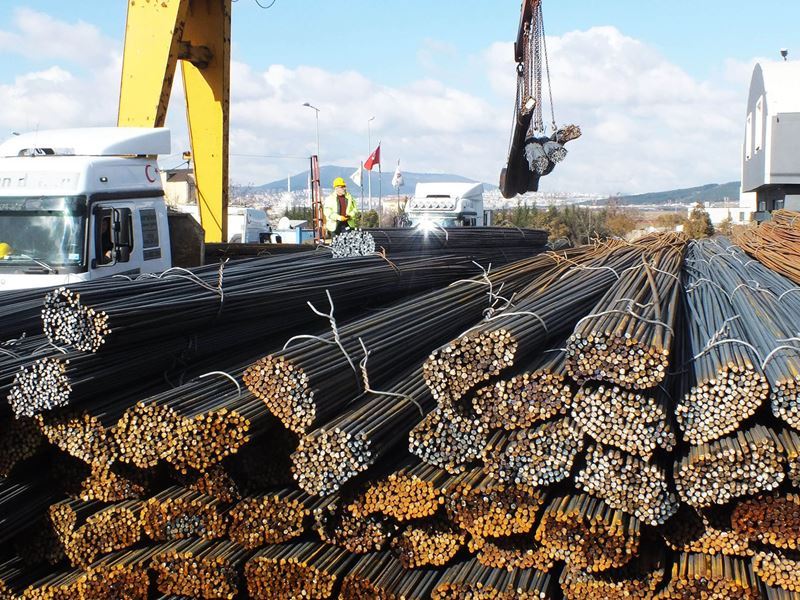
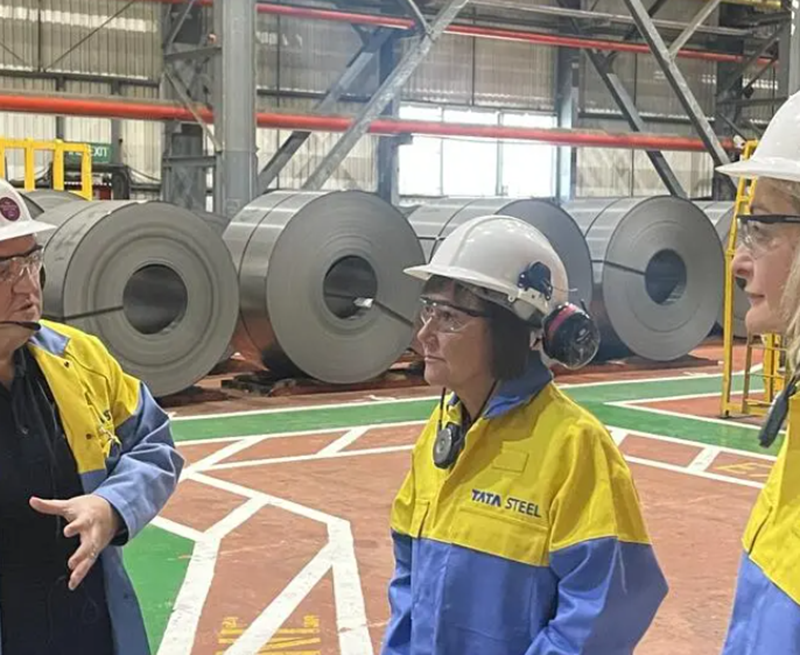
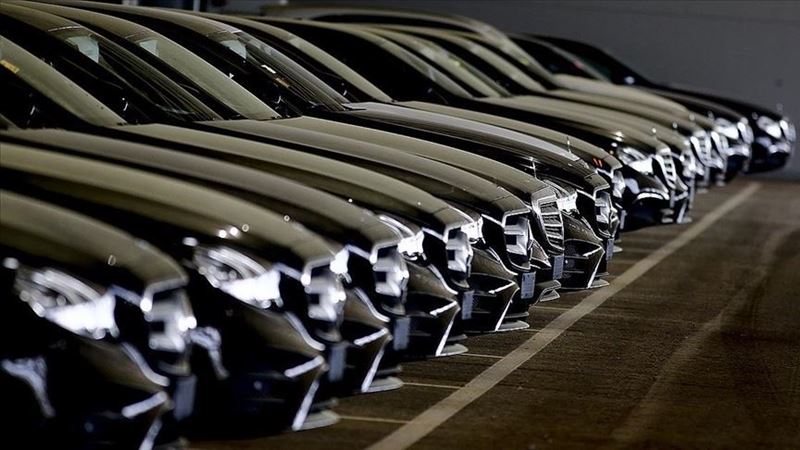

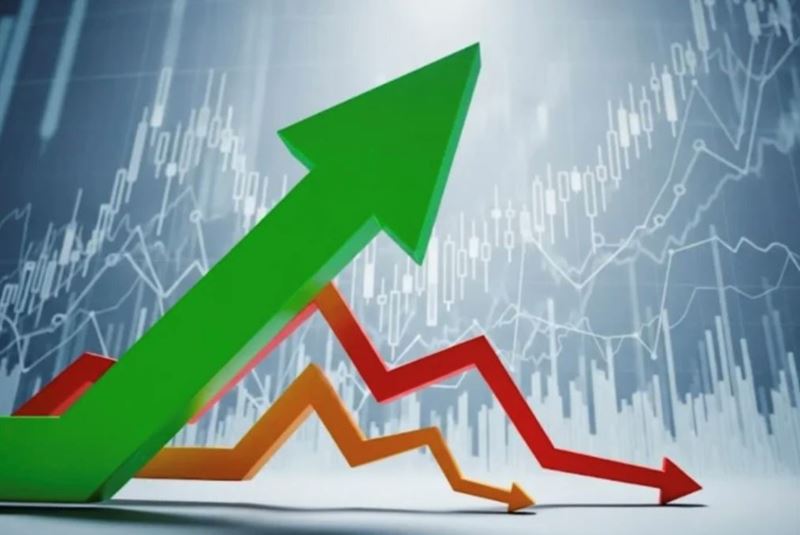
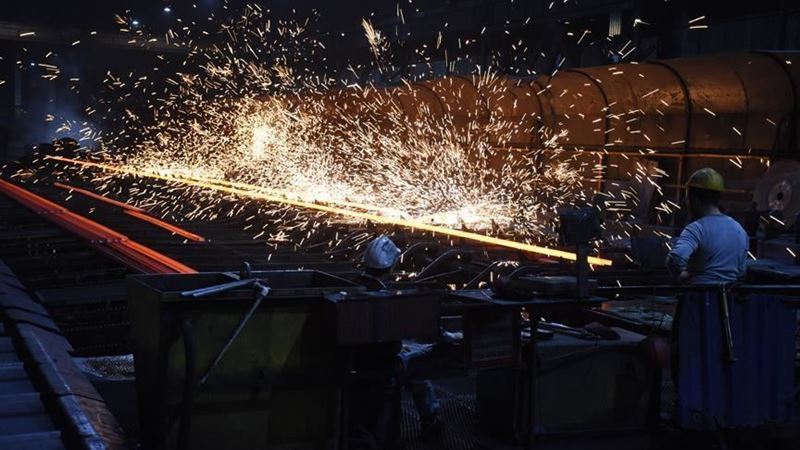

Comments
No comment yet.